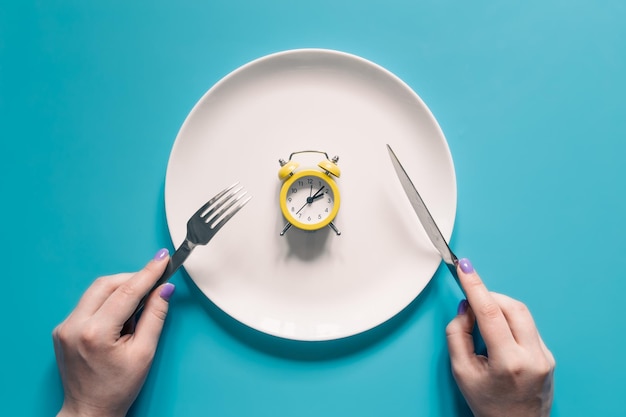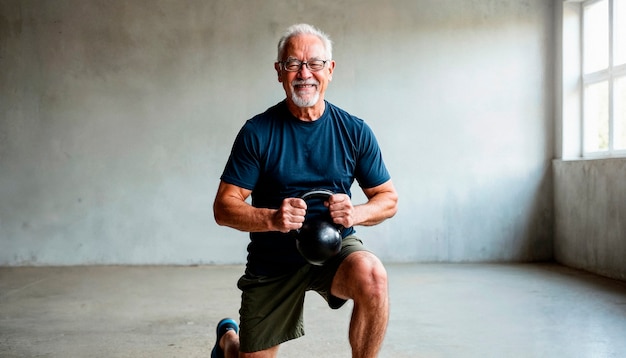Boost Your VO₂ Max with 35 Real-Life Intermittent Fasting Hacks — Perfect for Busy Students, No Gym Needed
Improving cardiovascular fitness doesn’t require expensive equipment or hours at the gym. For students and others with packed schedules, combining intermittent fasting (IF) with smart lifestyle tweaks can significantly enhance VO₂ max—a key measure of aerobic endurance and heart-lung efficiency. The best part? These strategies are designed for real life, require minimal gear, and fit seamlessly into student routines.
What Is VO₂ Max and Why Does It Matter?
VO₂ max measures the maximum amount of oxygen your body can use during intense exercise. A higher VO₂ max means your heart, lungs, and muscles work more efficiently, boosting stamina, focus, and overall health. Studies show that both aerobic training and metabolic interventions like intermittent fasting can positively influence VO₂ max over time.
How Intermittent Fasting Supports VO₂ Max
Intermittent fasting improves metabolic flexibility—your body’s ability to switch between burning carbs and fats for fuel. This shift enhances mitochondrial efficiency, increases fat oxidation during exercise, and may improve oxygen utilization. When paired with physical activity during fasting windows, these effects can amplify cardiovascular gains.

35 Practical Ways to Improve VO₂ Max with Intermittent Fasting
1–10: Optimize Your Fasting Window
- Start with a 14:10 fasting schedule (14 hours fast, 10-hour eating window) to build consistency.
- Gradually extend to 16:8, aligning your eating window with class-free hours.
- Exercise during the last 1–2 hours of your fast to maximize fat-burning and oxygen efficiency.
- Stay hydrated with water, black coffee, or herbal tea—no calories.
- Avoid sugary drinks post-fast to prevent insulin spikes that hinder fat oxidation.
- Break your fast with protein-rich, low-glycemic meals (e.g., eggs, oats, nuts).
- Use fasting days for light cardio to build endurance without strain.
- Track energy levels and adjust fasting duration based on academic workload.
- Practice time-restricted eating even on weekends to maintain rhythm.
- Use a simple app to log fasting windows and exercise sessions.
11–20: Integrate Movement into Daily Life
- Take 5-minute brisk walks between study sessions to elevate heart rate.
- Use stairs instead of elevators to build leg strength and aerobic capacity.
- Do bodyweight circuits (e.g., jumping jacks, squats, push-ups) during breaks.
- Try 10-minute high-intensity interval training (HIIT) workouts in your dorm.
- Bike or walk to class instead of driving or taking transit.
- Stand while reading or reviewing notes to increase calorie burn.
- Join campus walking groups or intramural sports for social motivation.
- Use a pedometer to aim for 8,000–10,000 steps daily.
- Practice deep breathing exercises to improve lung capacity.
- Stretch daily to maintain mobility and support efficient movement.

21–30: Leverage Fasting for Performance Gains
- Perform fasted cardio 2–3 times per week for improved endurance.
- Avoid intense workouts if feeling dizzy or overly fatigued.
- Combine fasting with breathwork (e.g., box breathing) to enhance oxygen control.
- Practice nasal breathing during exercise to improve CO₂ tolerance and efficiency.
- Use music with a strong beat to maintain optimal exercise pace.
- Monitor resting heart rate to track cardiovascular improvements.
- Limit screen time before bed to support recovery and circadian rhythm.
- Get 7–8 hours of sleep—critical for adaptation and performance.
- Avoid late-night eating to maintain fasting benefits and sleep quality.
- Stay consistent—even small daily efforts compound over time.
31–35: Smart Habits for Long-Term Success
- Pair fasting with mindfulness or meditation to reduce stress hormones.
- Eat whole, unprocessed foods during your eating window for sustained energy.
- Monitor progress with simple fitness tests (e.g., step test, timed walk).
- Stay accountable with a study or fitness buddy.
- Be flexible—adjust routines during exams or travel without guilt.
Final Thoughts
Improving VO₂ max doesn’t require a gym membership or a personal trainer. With intermittent fasting as a metabolic catalyst and small, consistent lifestyle changes, students can boost cardiovascular fitness, mental clarity, and energy—all while managing academic demands. The key is sustainability: choose strategies that fit your life, stay consistent, and let progress build over time.
Start with just 2–3 of these tips, track how you feel, and gradually expand. Over weeks and months, you’ll notice better stamina, sharper focus, and a stronger, more resilient body—all built around your real-life schedule.

















